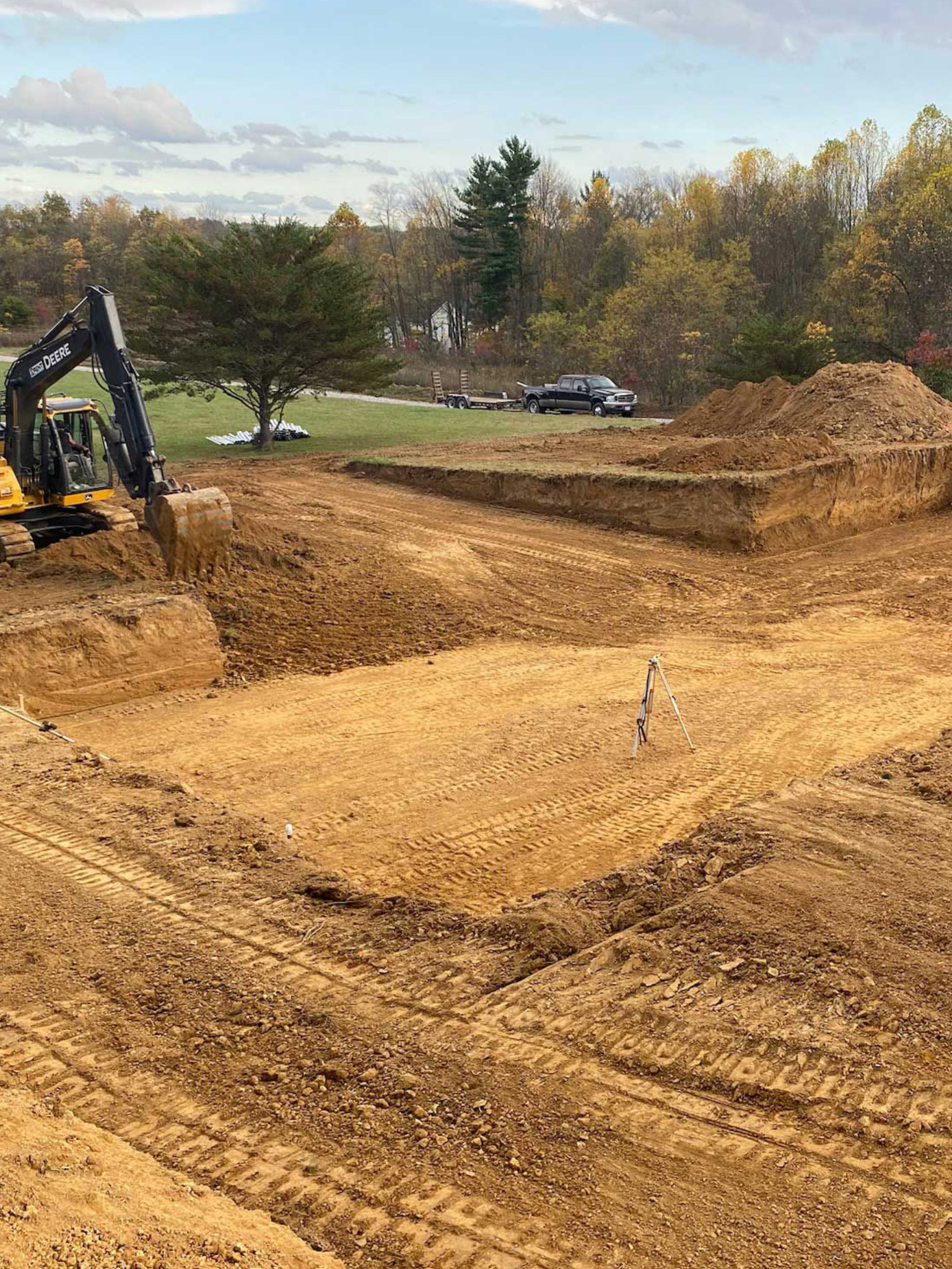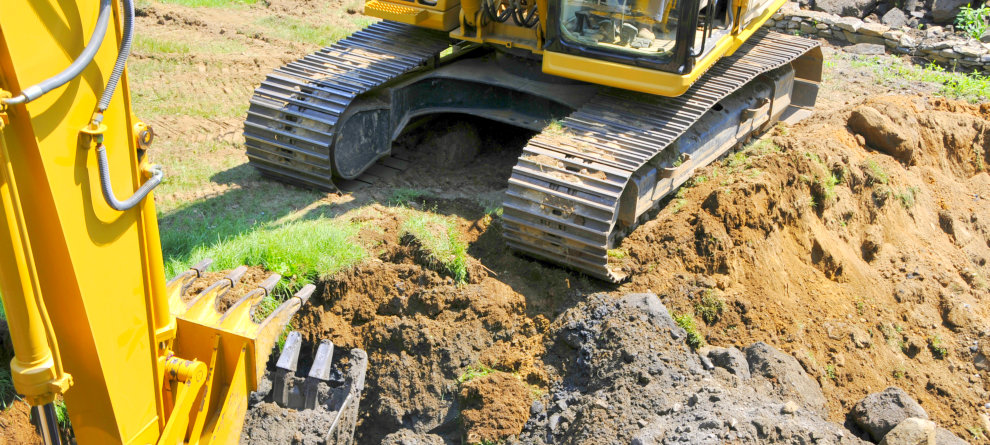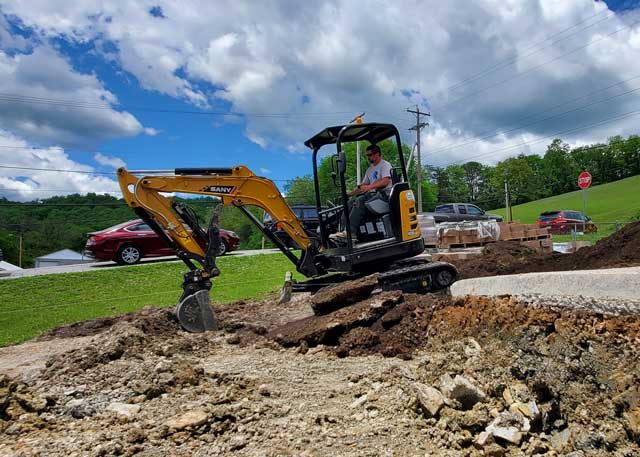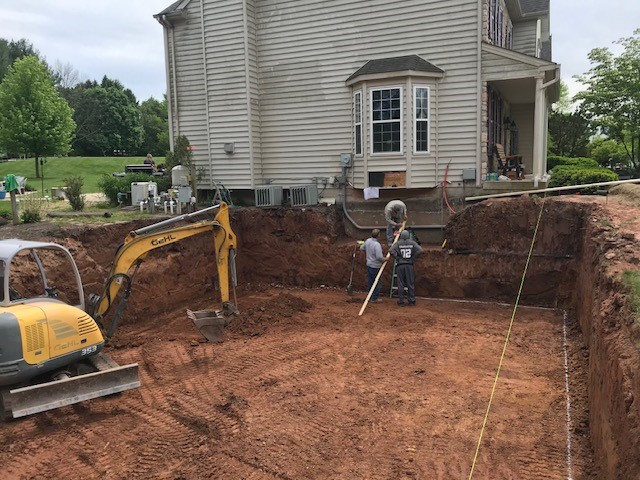Residential Excavating Ohio - Specialized Excavation for Ohio Residences
Residential Excavating Ohio - Specialized Excavation for Ohio Residences
Blog Article
Extensive Expedition: The Scientific Research Behind Superior Excavation Practices
The world of excavation methods is a domain where scientific research intertwines with craftsmanship to uncover the mysteries hidden below the earth's surface area. From old hand tools to contemporary hydraulic excavators, the evolution of excavation methods has been a testament to human resourcefulness and technical developments. What really sets superior excavation practices apart is a deep understanding of geological principles, combined with the utilization of cutting-edge tools and methods. By discovering the science behind these practices, we can discover the secrets that exist under our feet and appreciate the accuracy and know-how that go right into every dig.
Advancement of Excavation Methods
Throughout history, the advancement of excavation techniques has actually played a critical duty in advancing building and construction methods and archaeological discoveries. From the simple tools made use of by our forefathers to the sophisticated equipment used in modern times, the development of excavation approaches has substantially changed how we come close to various jobs.
In old times, hands-on labor with fundamental devices such as shovels, wheelbarrows, and pickaxes was the main approach of excavation. This labor-intensive procedure restricted the deepness and extent of excavations, usually causing slow-moving development and restricted access to specific sites. Nevertheless, as worlds progressed, so did the devices and techniques used for excavation.
The Industrial Revolution noted a turning point in excavation practices with the intro of steam-powered machinery. In modern times, innovation plays an essential function in excavation, with innovations like GPS systems, drones, and 3D scanning improving accuracy and effectiveness in the area.
Function of Modern Technology in Excavation

The assimilation of innovative modern technology has fundamentally changed the area of excavation, boosting accuracy and efficiency to unmatched degrees - excavating ohio. One of the crucial technical improvements that has actually significantly impacted excavation techniques is the use of General practitioner systems.
Moreover, the arrival of 3D modeling and simulation software program has structured the planning process for excavation tasks. Engineers and drivers can currently picture the whole excavation procedure before damaging ground, enhancing and recognizing possible difficulties process. Together with this, the execution of drones in excavation tasks has actually assisted in airborne studies, volumetric dimensions, and website examinations with unmatched rate and accuracy.
Geological Concepts in Excavation
An understanding of geological principles is crucial for guaranteeing the structural stability and security of excavation websites. Geological variables play a crucial duty in determining the feasibility and security of excavation projects (lancaster excavation). One key geological concept to take into consideration is the kind of dirt or rock present at the website. Various dirt types, such as sand, gravel, or clay, have differing levels of stability and my explanation call for different excavation techniques. As an example, cohesive dirts like clay may call for additional support to avoid collapses, while sandy soils may be prone to disintegration throughout excavation.
In addition, the geological framework of the area, including mistakes, fractures, and rock formations, must be thoroughly assessed to recognize potential dangers and challenges. Excavating near mistake lines or unpredictable rock formations can result in instability and possible threats. By performing thorough geological studies and analysis, designers and see this excavators can develop techniques to mitigate dangers and make certain the effective completion of excavation projects. Inevitably, incorporating geological concepts right into excavation techniques is essential for accomplishing risk-free, effective, and sustainable outcomes.

Most Recent Devices for Excavation
In the world of excavation practices, modern advancements in devices have actually changed the effectiveness and accuracy of excavation processes. These drones can provide in-depth airborne studies of excavation sites, supplying real-time information on topography and prospective risks.
An additional cutting-edge tool acquiring appeal is the implementation of 3D printing modern technology for producing personalized excavation tools. This enables for the production of specialized devices that are customized to the details demands of a task, boosting effectiveness and decreasing downtime.
Additionally, innovations in materials here are the findings science have resulted in the advancement of more powerful and extra sturdy excavation tools. lancaster excavation. Tungsten carbide-tipped excavator add-ons, as an example, offer exceptional performance in difficult ground problems, boosting efficiency on-site
Scientific research's Influence on Excavation Practices

Additionally, developments in materials science have actually resulted in the production of stronger, extra long lasting excavation devices and tools. For instance, using composite products in miners and shovels has boosted their efficiency and longevity, eventually increasing performance on excavation websites. In addition, scientific research study on dirt technicians and geotechnical design has actually offered valuable understandings into dirt behavior, enabling excavation professionals to make enlightened choices concerning excavation approaches and soil stablizing techniques. Generally, science remains to drive technology and improvement in excavation methods, making excavation tasks extra effective, cost-effective, and sustainable.

Verdict
To conclude, the advancement of excavation strategies has actually been considerably affected by improvements in innovation and a deeper understanding of geological concepts. The most recent devices and devices utilized in excavation have improved efficiency and precision in the area. The application of scientific expertise has significantly improved excavation practices, leading to more effective and lasting methods for digging deep into numerous kinds of materials.
In the world of excavation practices, contemporary developments in tools have reinvented the performance and accuracy of excavation procedures. By leveraging clinical concepts, the excavation sector has actually been able to substantially enhance efficiency, precision, and safety and security in excavation procedures. GPR enables excavation groups to non-invasively scan and map subsurface structures, energies, and possible dangers, enabling them to intend excavation jobs with higher accuracy and lowered threat of crashes.
In addition, clinical research on soil mechanics and geotechnical design has provided valuable insights into dirt behavior, permitting excavation experts to make informed decisions regarding excavation methods and soil stablizing strategies. Generally, science continues to drive innovation and enhancement in excavation techniques, making excavation jobs extra effective, cost-effective, and sustainable.
Report this page